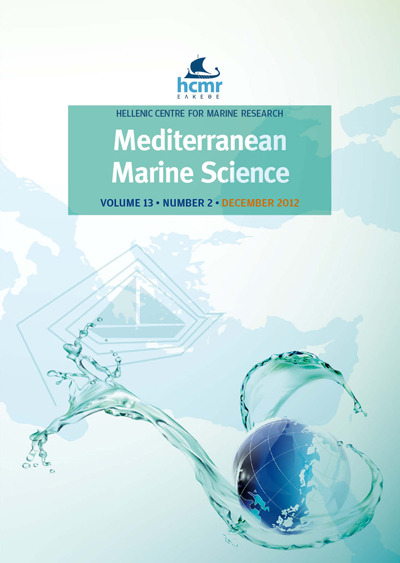Description of a new species of Sphaerosyllis Claparède, 1863 (Polychaeta: Syllidae: Exogoninae) from the Alicante coast (W Mediterranean) and first reports of two other species of Syllidae for the Mediterranean Sea and the Iberian Peninsula
Resumen
family Syllidae was analysed to the species level. Among the identified material, one undescribed species belonging to the genus Sphaerosyllis Claparède, 1863 was found and two species constitute new reports for the Mediterranean Sea and for the Iberian Peninsula: Parapionosyllis cf. macaronesiensis Brito, Núñez and San Martín, 2000, and Syllis cf. mauretanica (Licher, 1999) n. comb., both only previously known from the subtropical Eastern Atlantic Ocean. The new species of Sphaerosyllis is mainly distinguished in having bulbous, small antennae, tentacular and dorsal cirri, small parapodial glands, with granular material, and compound chaetae with short blades. In this paper, we describe the new species and the specimens of the new reports.
Article Details
- Cómo citar
-
DEL-PILAR-RUSO, Y., & SAN MARTIN, G. (2012). Description of a new species of Sphaerosyllis Claparède, 1863 (Polychaeta: Syllidae: Exogoninae) from the Alicante coast (W Mediterranean) and first reports of two other species of Syllidae for the Mediterranean Sea and the Iberian Peninsula. Mediterranean Marine Science, 13(2), 187–197. https://doi.org/10.12681/mms.298
- Número
- Vol. 13 Núm. 2 (2012)
- Sección
- Research Article
Authors who publish with this journal agree to the following terms:
- Authors retain copyright and grant the journal right of first publication with the work simultaneously licensed under a Creative Commons Attribution Non-Commercial License that allows others to share the work with an acknowledgement of the work's authorship and initial publication in this journal.
- Authors are able to enter into separate, additional contractual arrangements for the non-exclusive distribution of the journal's published version of the work (e.g. post it to an institutional repository or publish it in a book), with an acknowledgement of its initial publication in this journal.
- Authors are permitted and encouraged to post their work online (preferably in institutional repositories or on their website) prior to and during the submission process, as it can lead to productive exchanges, as well as earlier and greater citation of published work (See The Effect of Open Access).






